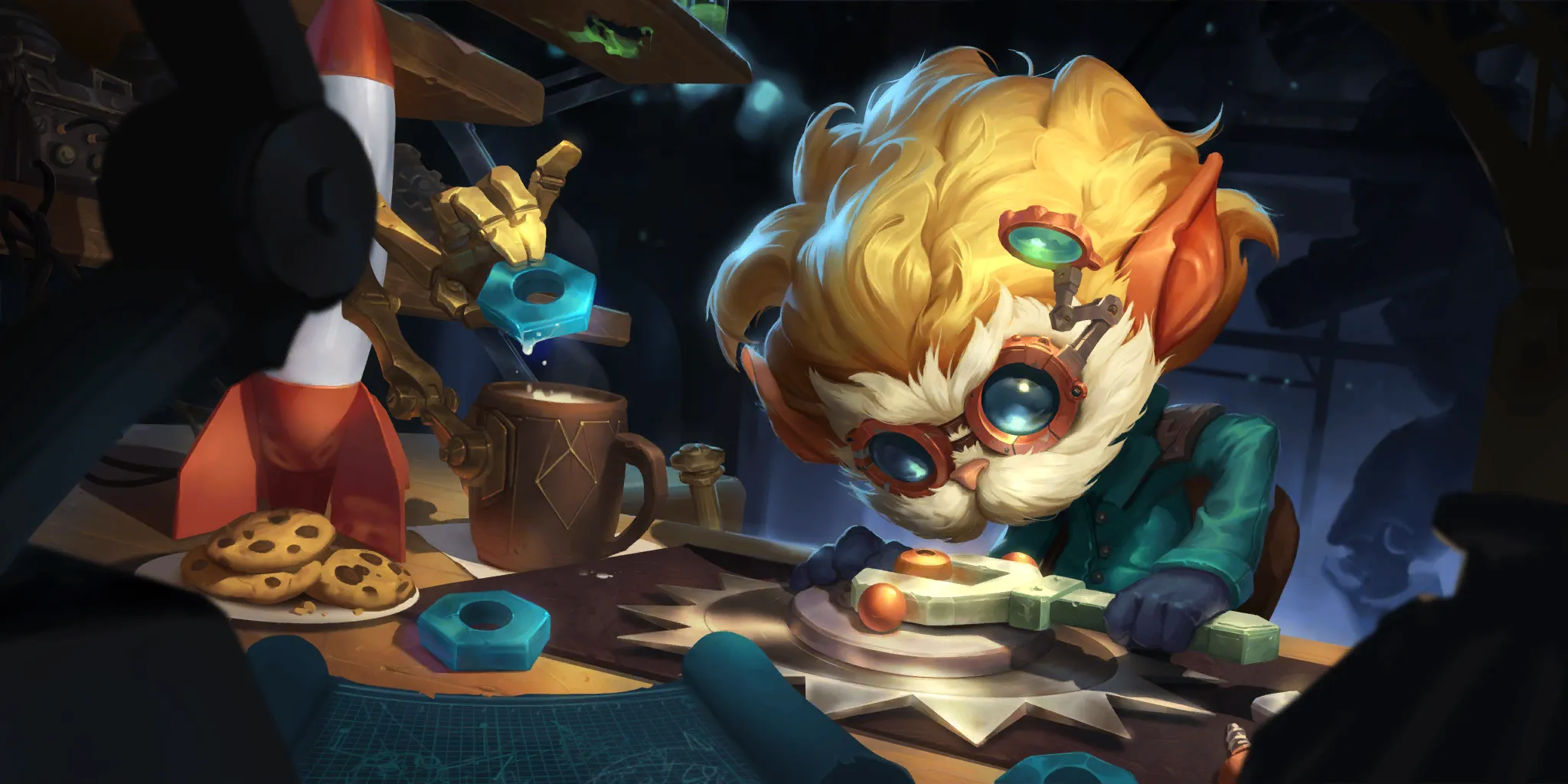Hello players of Runeterra.
I'm ThChEm. I’m a seasonals finalist and as someone who has been playing this game since the The Grand Plaza was broken (although it’s okay by current standards, if we're being honest), I have been misguided by data plenty of times. Not misguided per se, but I fell into the traps that come with an abundance of data, like taking matchup-tables to be a fact and not considering pilots while analyzing the MU tables.
was broken (although it’s okay by current standards, if we're being honest), I have been misguided by data plenty of times. Not misguided per se, but I fell into the traps that come with an abundance of data, like taking matchup-tables to be a fact and not considering pilots while analyzing the MU tables.
If you are someone who is getting interested in this game and wants to go from being good to one of the best, I'm sure that by the time you're done reading this article, you will have learned at least a thing or two about this game, which will give you a fresher perspective and make you a more holistic player, so welcome to my TedTalk on stats, in which we will see how this data CAN be interpreted and made sense of.
Thinking about why a MU is the way it is
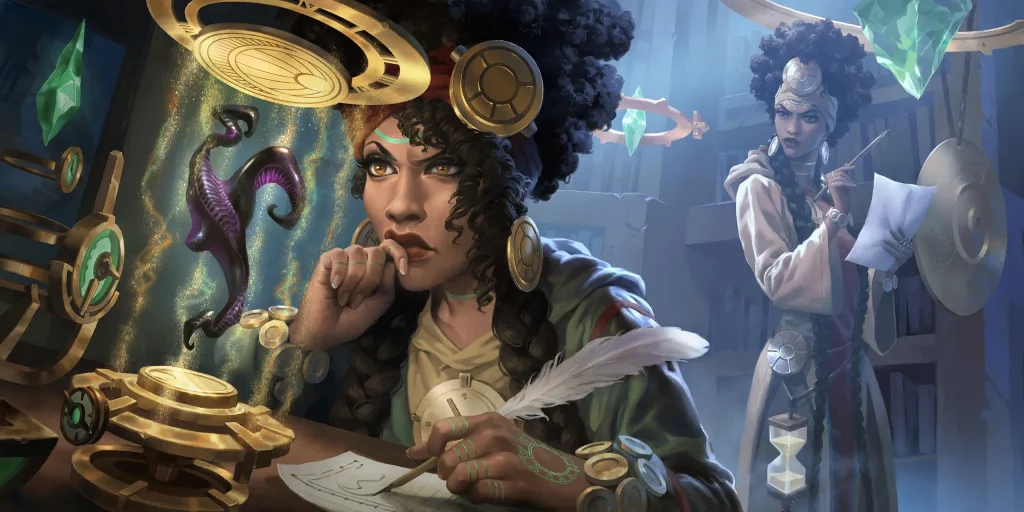
So let's start with a basic example of a polarized matchup; Azir Irelia versus Feel the Rush (which usually runs multiple Avalanche and full sets of Blighted Ravine
and full sets of Blighted Ravine and Vile Feast
and Vile Feast ). Statistics tell you this MU is HEAVILY favored for the Azirelia deck. Your thought process as a player shouldn't stop there (which used to happen for me and cost me infinite LP), it should BEGIN there.
). Statistics tell you this MU is HEAVILY favored for the Azirelia deck. Your thought process as a player shouldn't stop there (which used to happen for me and cost me infinite LP), it should BEGIN there.
One of the most important parts of this game is the mulligan, and this stage is what separates a good player from an average one. Considering this very matchup as the Azirelia players, we have to think about what the FTR player can do to win against us. FTR can beat go-wide strategies with Avalanche , Blighted Ravine
, Blighted Ravine , Vile Feast
, Vile Feast and beat go-tall strategies with single target removal like Vengeance
and beat go-tall strategies with single target removal like Vengeance . Now, we have to think about why Azir Irelia has such polarized statistics against this deck (before proceeding please think about this for a second).
. Now, we have to think about why Azir Irelia has such polarized statistics against this deck (before proceeding please think about this for a second).
A Token Advantage
One of the main reasons this happens is because our deck generates tokens, which are immune to both of their primary removal mechanisms. With this in mind, no matter how tempting it is to keep the Sparring Student in your opening hand, we drop it. We look for our token generators (not Blade Dancers, since they don’t have much value without Dais or Azir) with the priority being Emperor's Dais
in your opening hand, we drop it. We look for our token generators (not Blade Dancers, since they don’t have much value without Dais or Azir) with the priority being Emperor's Dais (since Feel The Rush
(since Feel The Rush can't interact with it) and Azir
can't interact with it) and Azir (the only semi-efficient answer they have to this is Vengeance
(the only semi-efficient answer they have to this is Vengeance , and 3 mana for 6 is good for us).
, and 3 mana for 6 is good for us).
Another reason this matchup is skewed towards us is Defiant Dance . If by some miracle we haven’t won till round 9 and they get to FTR, we can just use Defiant Dance
. If by some miracle we haven’t won till round 9 and they get to FTR, we can just use Defiant Dance on their Tryndamere
on their Tryndamere and get a HUGE tempo swing that gets us the game in the next round. I brought this example up because I still remember my first Azirelia vs FTR game and how miserable the game felt because I kept my one- and two-drops in the mulligan.
and get a HUGE tempo swing that gets us the game in the next round. I brought this example up because I still remember my first Azirelia vs FTR game and how miserable the game felt because I kept my one- and two-drops in the mulligan.
So now that we've done all this homework, how did the stats help us in this? Well, it told us one VERY important thing, which is that we are heavily favored – and from there, we asked ourselves why, and once we got that, we adapted our mulligan strategy accordingly and played to our win-condition, something you actively need to start doing to improve.
The above is obviously a very polarized example, but it gets the point across, which is if you keep shadow apprentice, sparring student, treasure seeker or Dunekeeper in your opener, odds are that FTR won’t seem like the cakewalk it usually is.

With the Forces from Beyond expansion, there is an interesting variable that has been added to this matchup, which is Domination – in a normal setting it is phenomenal and increases your killing speed by a LOT, but this particular matchup has changed from an approximate 68-69% to 64.6%. 5% might not seem a lot, but it is very interesting to analyze how removing Recalls (another way to counter FTR) and putting in a card that is weak to removal can affect the outcome.
– in a normal setting it is phenomenal and increases your killing speed by a LOT, but this particular matchup has changed from an approximate 68-69% to 64.6%. 5% might not seem a lot, but it is very interesting to analyze how removing Recalls (another way to counter FTR) and putting in a card that is weak to removal can affect the outcome.
Stats should be pondered upon, and the first step to improving is to look at the number and then think why it MIGHT be skewed the way it is.
Whenever you see a statistic, the first thing that should come to your mind should be to question it. The first question should be, "Does this seem correct?" Why, or why not? Stats are not a fact, and we should use them as a tool, not as a rule. Question them and I promise you’ll be better off in the long run, even though some things might not make sense.
Considering Pilots while Analyzing stats


TF Nami is NOT a fair deck. I’m not stating an opinion, I’m stating a fact. Before the previous Seasonal, many people were on different hills regarding this deck. Most of the top players agreed that this deck was broken and that you had to keep it in mind while constructing your lineups, while others rallied behind the ‘stats’ and said the deck was mid since it fielded a 51-52% WR on ladder. Which side do you think prevailed in the end? It was the former, who had always been claiming the deck was amazing and as it turned out, the deck’s WR was being dragged down by suboptimal pilots.
This is one of the main reasons why whenever I’m trying to look at data to construct lineups, I always filter stats from Masters+ and honestly speaking, even that might not be enough since a 51% WR is enough to climb to Masters.
The next case we’re going to analyze is one from the Worldwalker expansion, which is TF Nami SI vs Bard Poppy. Bard Poppy isn’t a very common deck now since Illaoi is just a better pairing with Bard, but I think we can still use that deck for analysis as a Bard deck is never truly dead, it’s just a chime away from making your opponent click top right.


Anyway, stats used to show that Bard Poppy was favored into TF Nami but in actuality, I think the matchup was a lot closer than the stats indicated. I think it was a 54%-56% in favor of the Bard deck, but top pilots swore it was closer than that. I’m not going to lie, the matchup always feels like you’re on a knife’s edge from the TF Nami player’s side, but since the Bard Boppy deck used to run little to no interaction (only a Concerted Strike ), once you got a Fleet Admiral Shelly
), once you got a Fleet Admiral Shelly down with like 2 units, you stabilized pretty quickly. The Ruination
down with like 2 units, you stabilized pretty quickly. The Ruination and The Harrowing
and The Harrowing are also quintessential anti-Demacia tools which we could easily run in that deck, making the matchups a LOT simpler. I think that someone who is well-versed on both the decks does not get baited into mulling The Ruination away, and makes that MU a lot more bearable. And even if you don’t draw it, with the amount of draw in the deck, odds are very high you hit it. Double Trouble
are also quintessential anti-Demacia tools which we could easily run in that deck, making the matchups a LOT simpler. I think that someone who is well-versed on both the decks does not get baited into mulling The Ruination away, and makes that MU a lot more bearable. And even if you don’t draw it, with the amount of draw in the deck, odds are very high you hit it. Double Trouble also helps you get lots of chump blockers for the MU.
also helps you get lots of chump blockers for the MU.
All decks aren’t equal
Before this section gets too long, I’ll get to the point. All decks aren’t equal. Stats literally reflect the average performance of the deck, not what the top pilots are doing. So when using stats to understand how well a deck is positioned in the meta, a player should ideally assess the floor and ceiling of the deck before making judgements. A 51-53% WR deck with a higher skill ceiling CAN be a broken gem, so DON’T overlook it in your LU construction.
Another common example of this is Lee Sin versus Plunder (back when Crescendum cost three mana and could summon an Eye of the Dragon
cost three mana and could summon an Eye of the Dragon from your deck). Stats showed plunder demolished Lee Sin, but after talking to good Lee Sin pilots, they said that the matchup wasn’t THAT bad if you played Lee as more of a control champ (semi Will of Ionia) than an OTK one, and eventually end the game with Hush
from your deck). Stats showed plunder demolished Lee Sin, but after talking to good Lee Sin pilots, they said that the matchup wasn’t THAT bad if you played Lee as more of a control champ (semi Will of Ionia) than an OTK one, and eventually end the game with Hush .
.
I would like to end this section with an example from the World Championship. On stream, Alanzq – the current World Champ – said that the Shellfolk list he played had a WR of around 50% against Sivir Akshan on paper, but in his experience, it was almost unlosable as the Shellfolk player.
Assessing what decks are good
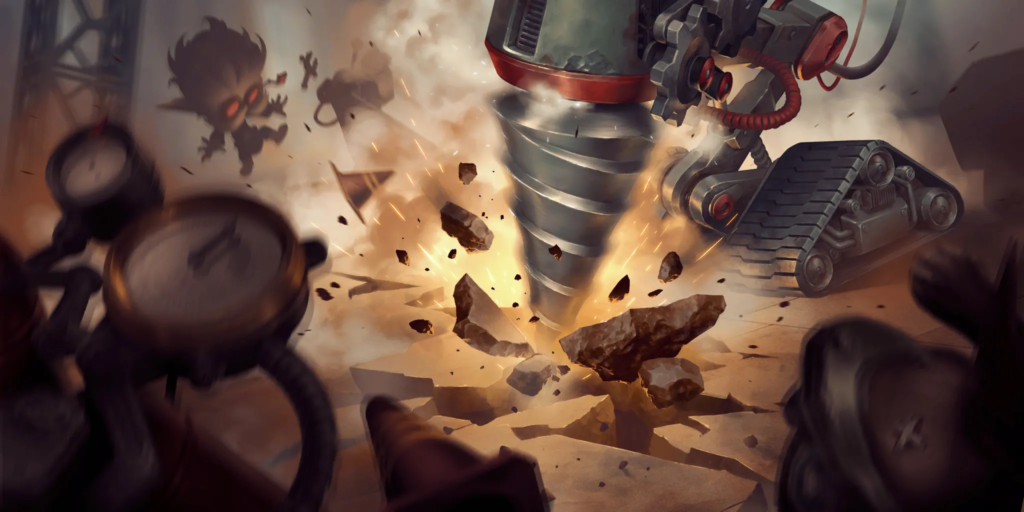
So! I said all this mumbo-jumbo about ceiling and floors and stuff, but how to get started? Well, let’s understand what floor and ceiling mean first.
On Floors and Ceilings
I consider there to be two types of floors, deck floor and a skill floor (these are not legit terms, I just use these to make it easier for me). The former is how the deck performs when it doesn’t draw well, and skill floor means how punishing the deck is for unskilled pilots. The term ceiling implies something similar: the highs of the deck. High skill ceiling means good players are rewarded, low skill ceiling means good players are almost gonna perform the same as an average one. To sum it up, you don’t usually want a deck with low deck floors as losing a competitive game to that sucks.
For example, if a deck has a 60% WR in Masters and 52% in Plat & Masters for example, you can assume the skill floor is decent and skill ceiling is high. If something can boast a >50% WR, the deck floor is also pretty decent. Don’t worry, these things come naturally as you play the game more and more, this paragraph is just to get you thinking a bit about this game.
Jamming, Checking and Talking
Okay, with that out of the way, let’s see the best way to assess how good a deck is. I like to do it the old-school way – by jamming a lot of ladder games, to get a basic idea of the deck’s power level. In this, I can assess how many games I lost because of my misplays, or because of my deck (recording your games helps a lot. If you have MaRu Premium, you can even get pros to analyze your games for you). If it was a misplay, I don’t consider the loss the fault of the deck.
So, basically, that’s how I start. Now, what do I do if I don’t have time to jam 50 ladder games on a potentially bad deck? You guessed it, time for some stats. As a rule of thumb, I only analyze stats from asters because I assume the decks are being played optimally there (which of course is an assumption). Obviously if a deck fields a >55% WR it HAS to be good there but what if the number is close to 52%? In that case I look at the top pilots of the deck and look at their WR. If it’s also around 53-54%, the deck MIGHT not be worth picking up.
The other thing I do is I talk to people in the scene. The Legends of Runeterra community is one of the most helpful gaming communities I’ve been a part of. You have a question? Just ask the top players. They’ll be glad to answer. Talking to people who have played one deck a LOT can give you amazing insight about the game, which can also translate to other decks. People CAN make it in this scene alone, obviously, but talking to people always helps. I’m not a top player, but I’d be happy to help anyone so you can ping me on Discord if you want @ ThChEm #1772.
Stats in Lineup Construction
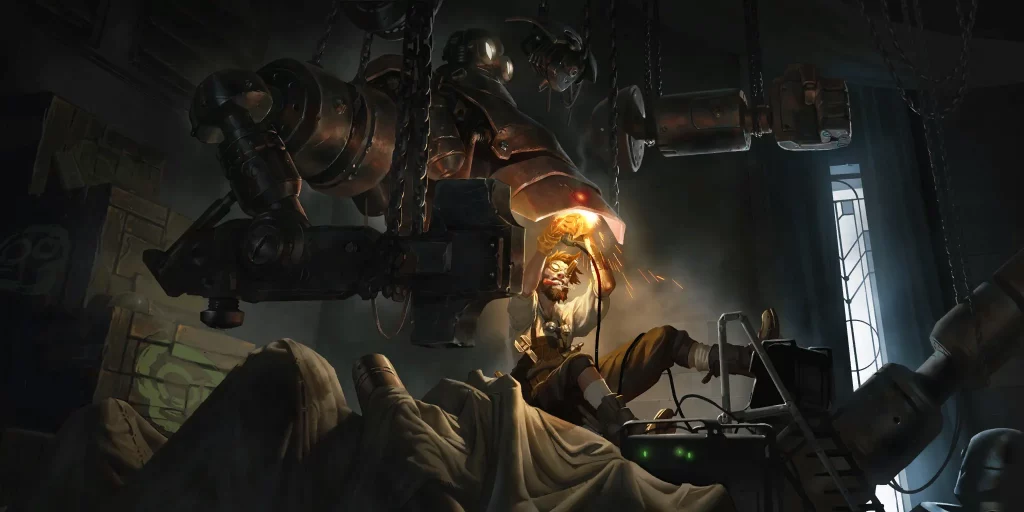
I’ll preface this segment of the article by saying that I’m not the best at lineup creation. I think the LUs I play are semi-decent to good, but by no means perfect (what IS a perfect lineup anyway?). With that out of the way, I’m going to share how I approach lineup creation using stats and hopefully give you a good starting point if you find yourself in a jam.
The Core
I start by looking at the meta statistics and seeing what deck has the highest WR and a decent play rate. If that deck is genuinely strong and something I believe in, I decide to NOT target it, but rather build my lineup around it, as playing good decks gets you more wins.
After I have decided on one deck, I go to my favorite kind of table, the match-up table, which gives me a brief estimate of what to work with. My second deck is usually the one which has similar WR against the same decks, OR which has the same loss rate against the same deck (the deck we’re banning). One thing I would advise is not to fret too much about 45-50% matchups. Pilot skill is what matters here,like the Poppy Bard versus Nami TF example I mentioned above. Just make sure that the first and second deck of your lineup are overall favored into the same things.
The Third Deck Problem
The third deck is where it gets a bit tricky. You most certainly will NOT find a deck with similar MU stats for your 3rd slot. In that case, what I decide to do is just play a good deck that beats my lineup and/or wants to ban the same things I am already planning to ban. For example: my seasonal LU was Aphelios Viktor Vi (Vi because I wanted to win the mirror), TF Nami (similar MU table to Aphelios Viktor Vi) and Papercraft Gnar (because it worked with the Lissandra Thralls ban). I reached Top 32 that Seasonal and I think it was because I picked statistically good decks.
And what if I think that the top-played deck is not good? Well, in that case you can think about targeting it (if you think people are going to be bringing it) and use the same process as above to build your lineup from there.
Let's look at an example!
Let's see an example with current (patch 3.13) data. Websites I use myself for stats:
MaRu's stats page
Balco's Matchup Spreadsheet
Legna's Matchup Data: https://www.llorr-stats.com/static/mu.html
The LoR Master app: https://app.lormaster.com
So, for this example, we'll follow the same principle: we can make a strong two-deck core with Kai’sa and Illaoi Bard. If we follow this two-deck core, we see that both of these decks are favored into Heimerdinger Jayce statistically (and that makes sense too, as Kai’sa gets Spellshield, Rite of Negation and Ancient Hourglass
and Ancient Hourglass , While the Bard Illaoi deck has a one-action way to kill Heimerdinger in Riptide Sermon
, While the Bard Illaoi deck has a one-action way to kill Heimerdinger in Riptide Sermon and can make every unit a threat with Bard and his chimes).
and can make every unit a threat with Bard and his chimes).
We now pick a third deck that’s good against Heimer Jayce. It can be Bandle Powder Monkeys and BOOM! – we have a LU ready. Although Heimer Jayce isn’t a popular deck in the current meta, you can see one way to approach lineup creation. I’ll tell beforehand that Kai’sa and Illaoi Bard might not seem like a good core as they both have different MU tables, but I believe they are really good decks in isolation and their broken status can justify to some extent how to use them in a LU.
Remember that this example is just a theoretical example as Heimer Jayce is not that relevant right now, but I hope you kind of get the gist of how you can approach making lineups using stats.
Conclusion
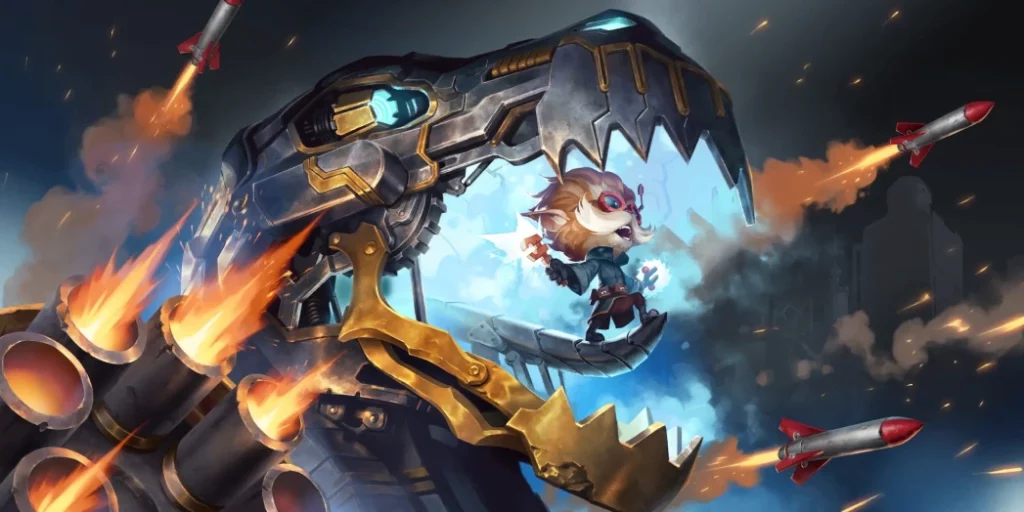
If you’ve read till here, thank you so much. This was my first article and I hope I did not ramble too much. If you’ve read this and even learnt a SINGLE new thing, then I think my job here is done.
To give a TLDR of what I have stated above:
- Never take stats at face value. Always think about why they are the way they are
- Stats reflect an average. All decks aren’t equal and sometimes broken decks might go under the radar due to suboptimal pilots. Don’t shun a deck just because its average WR isn’t greater than 54%
- Stats give a good starting point if you’re lost in lineup construction, and can SOMETIMES do your entire job for you. SOMETIMES.
Stats are complicated. They are certainly a blessing, but the number of times it can bait a person is not to be underestimated. I think LoR is a game with so much nuance that a few spreadsheets can never tell the complete picture of the state of the metagame, but isn’t that what makes it fun?



